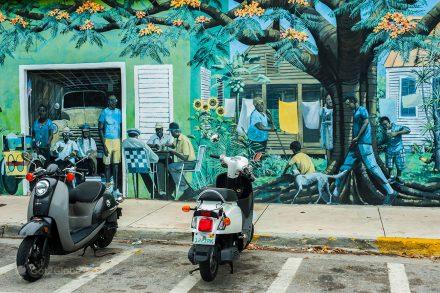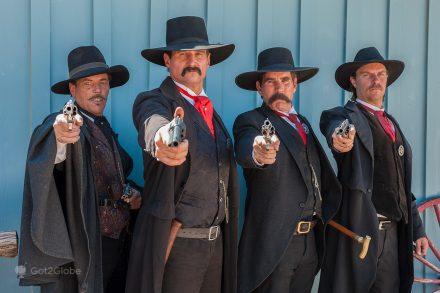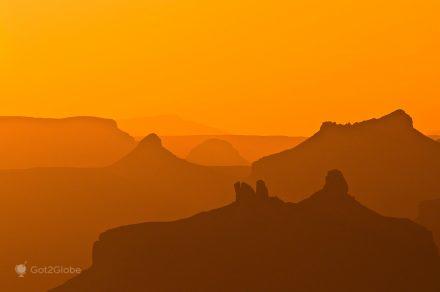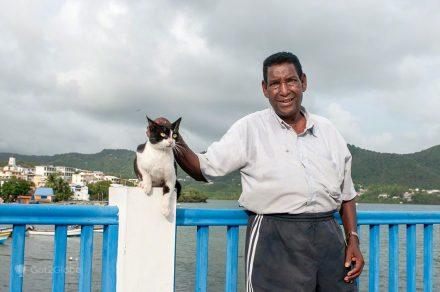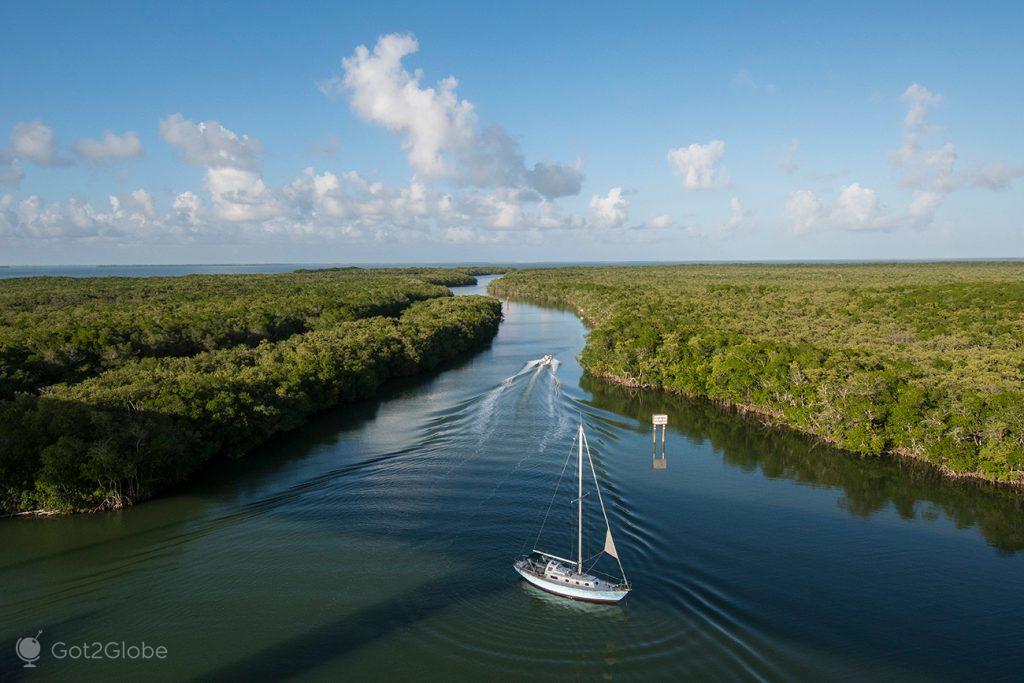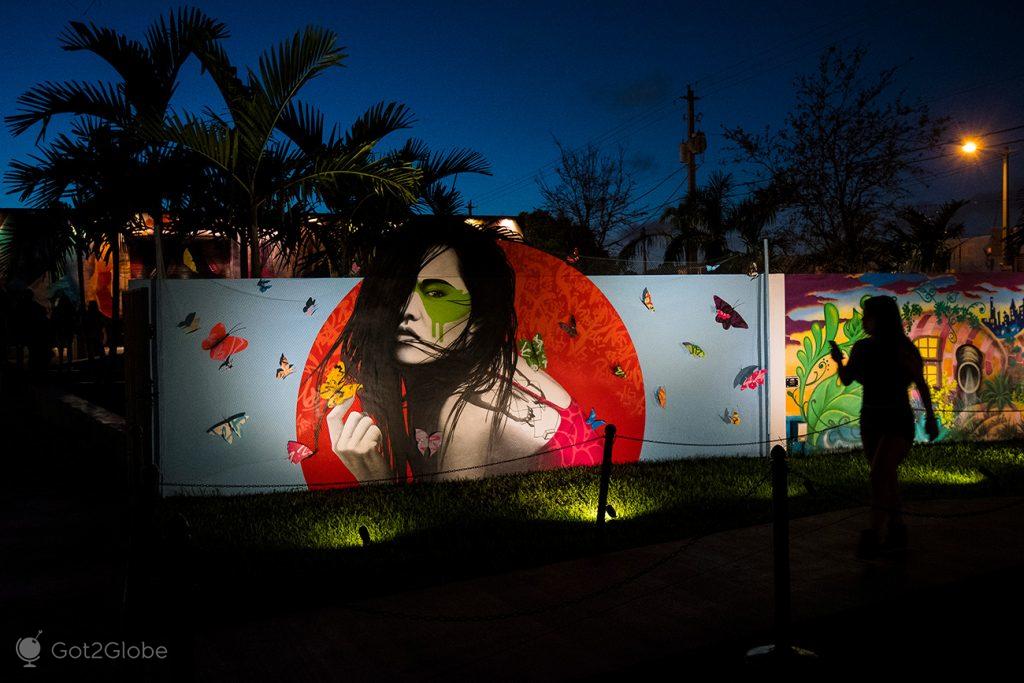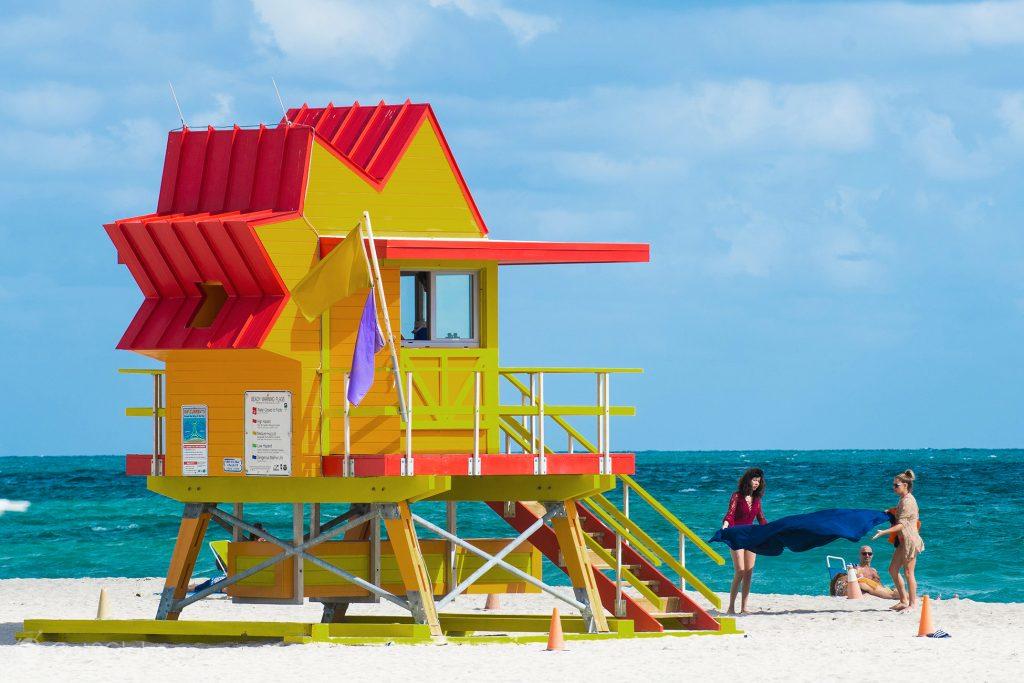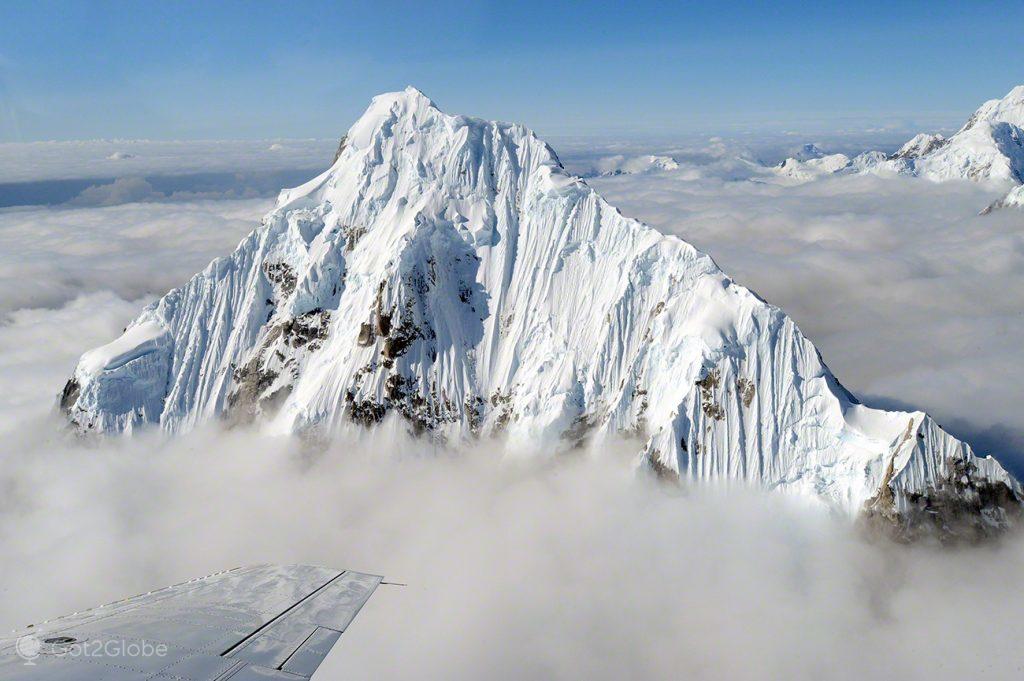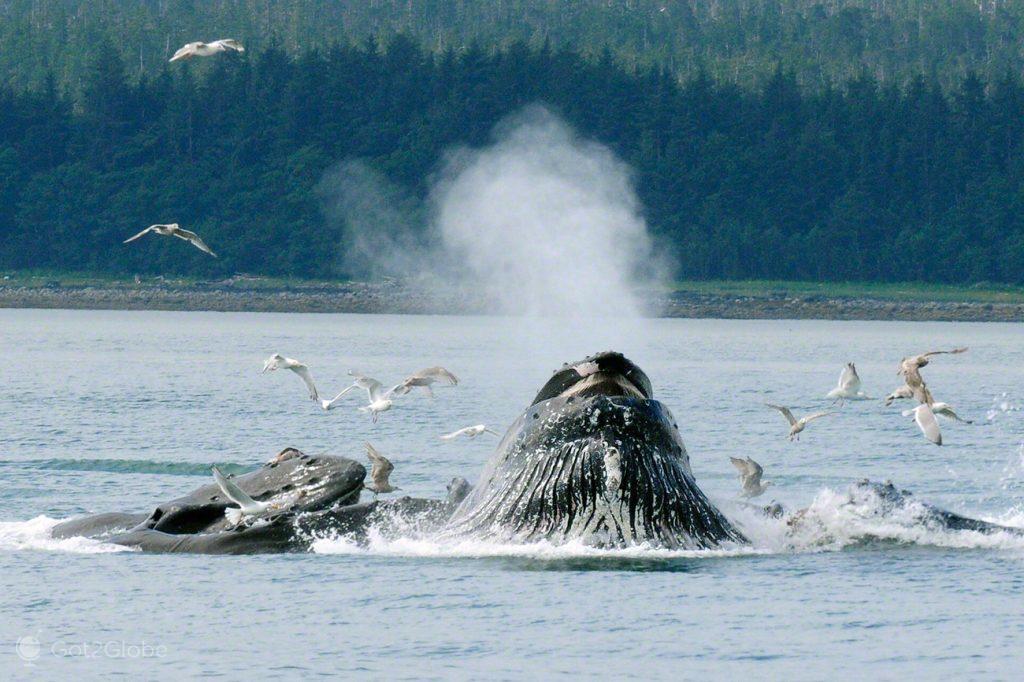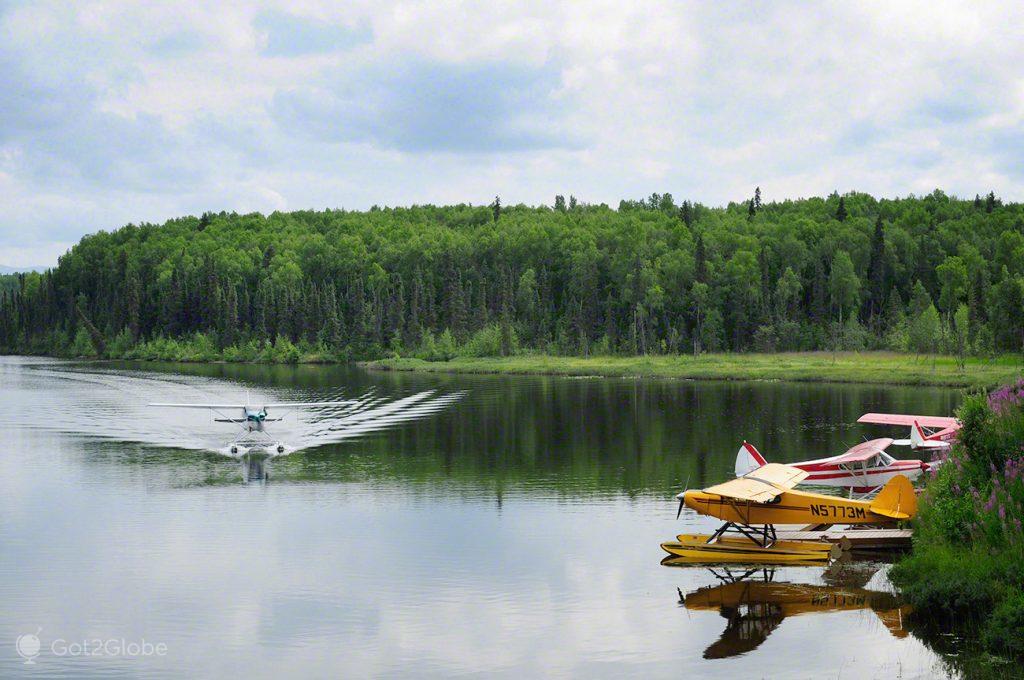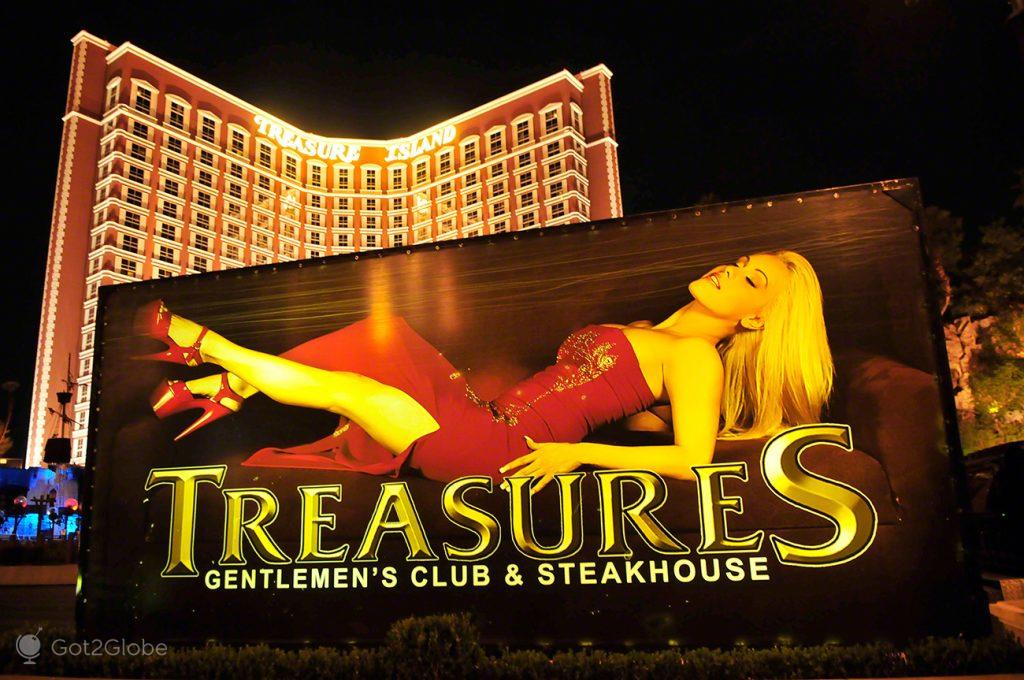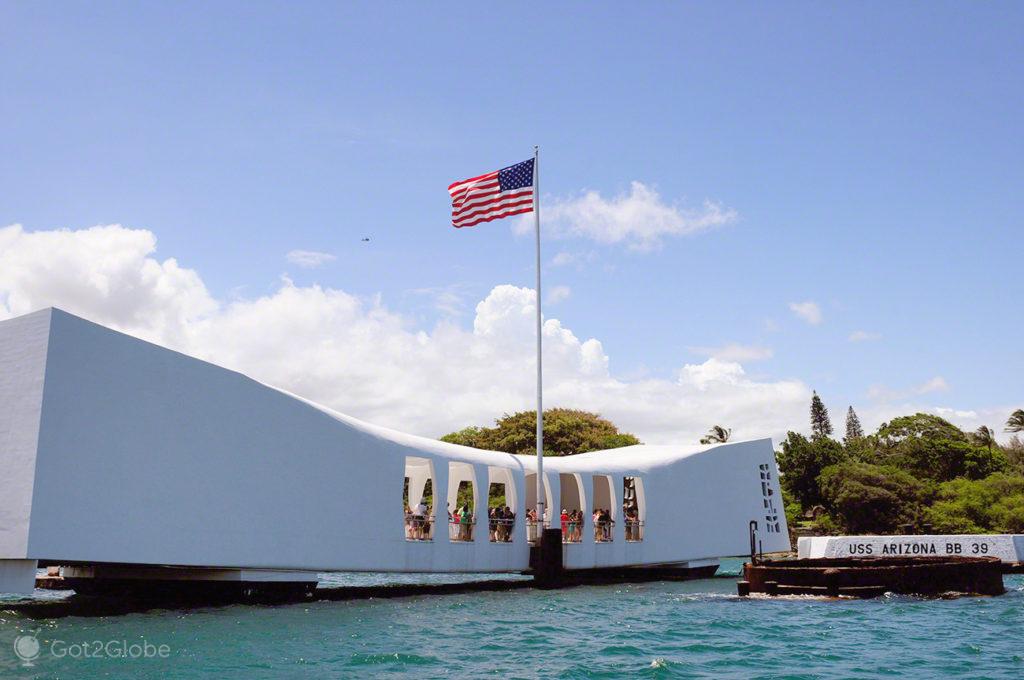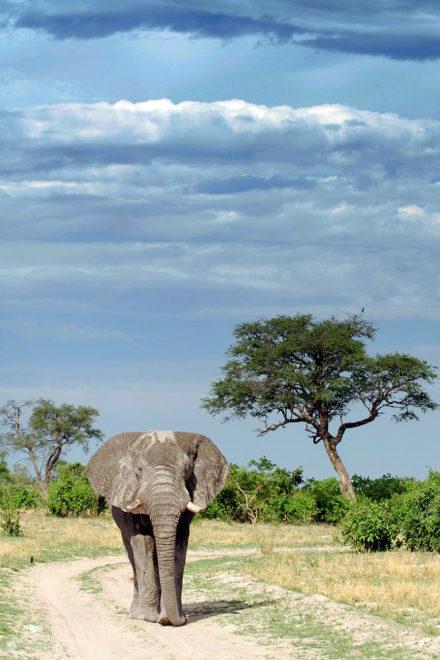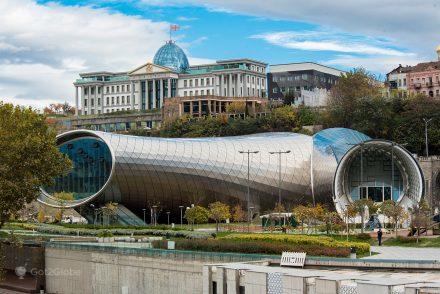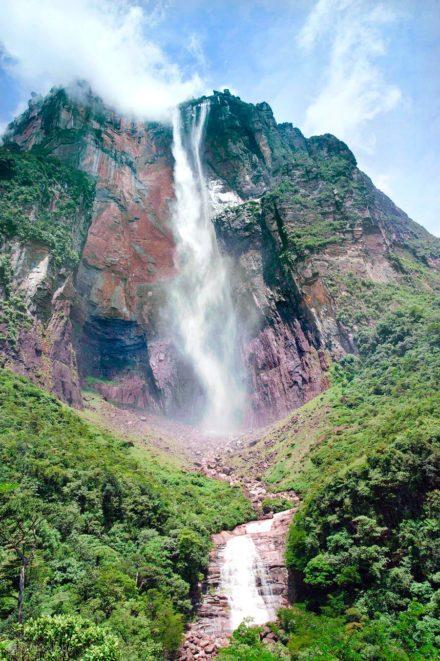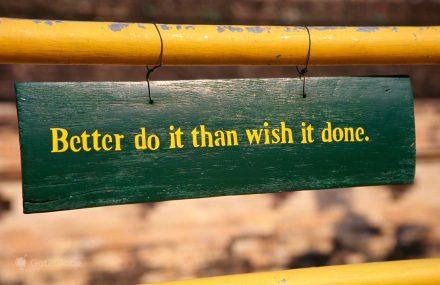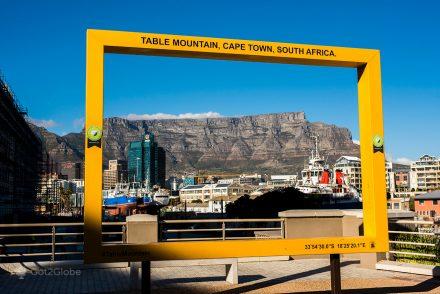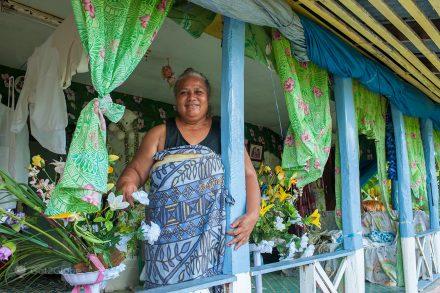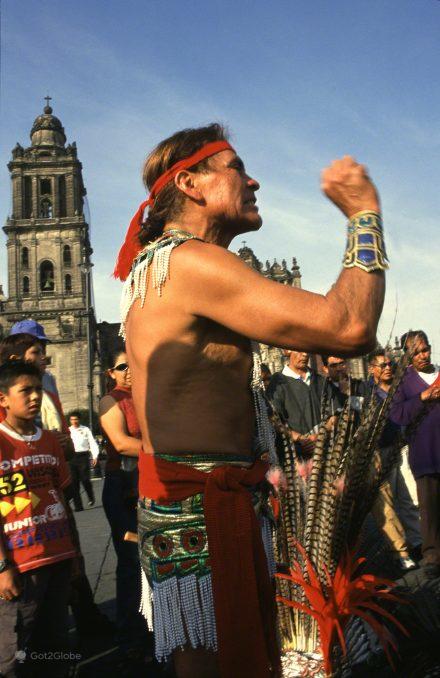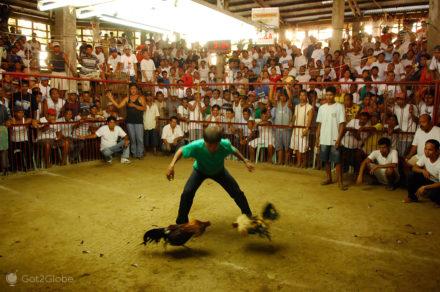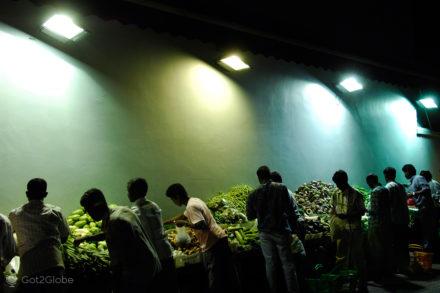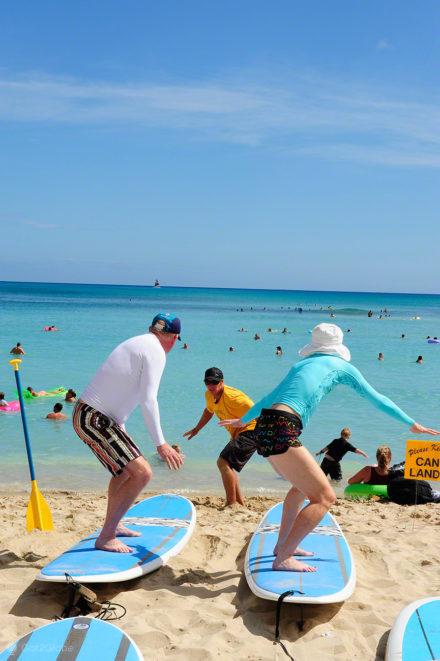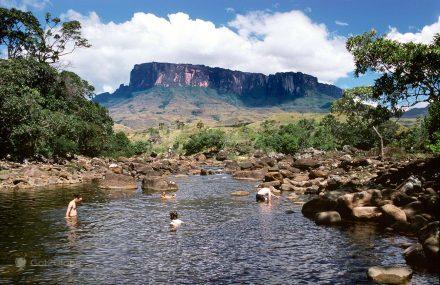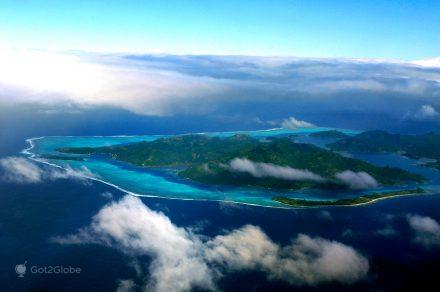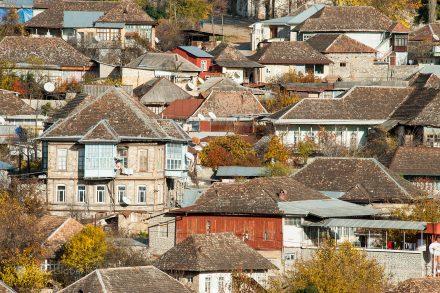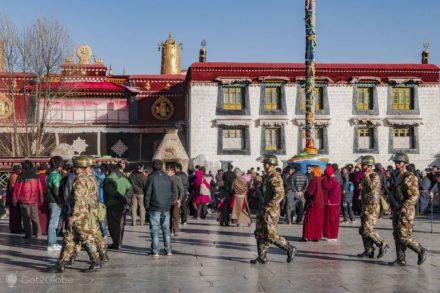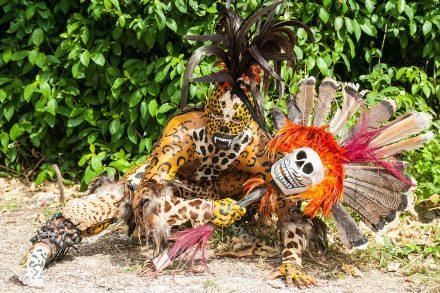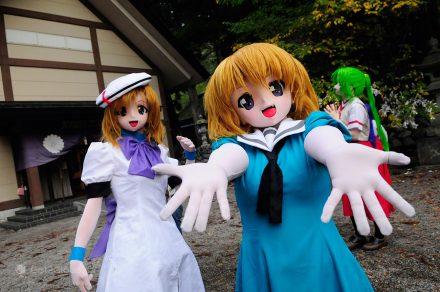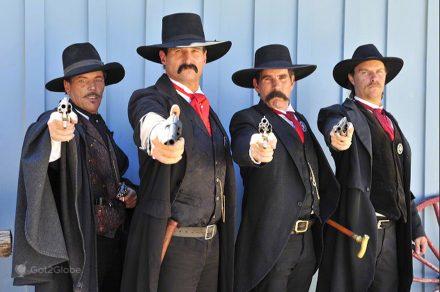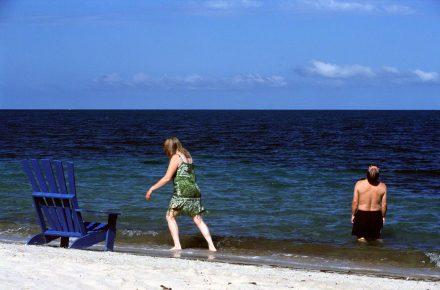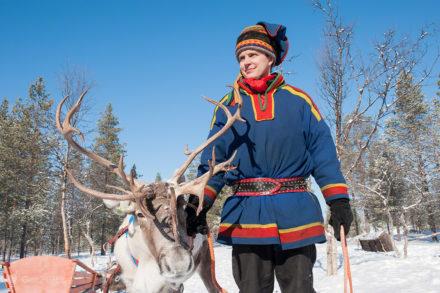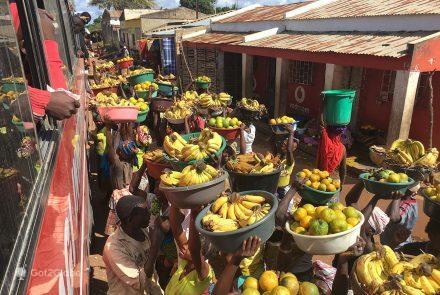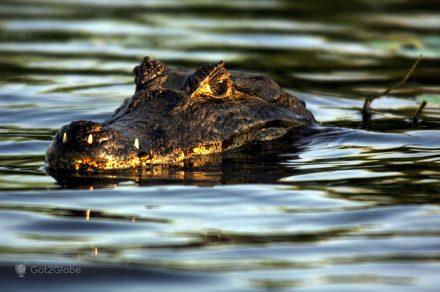The afternoon is late as we hit the dirt road around Monument Valley National Park.
We admire the Mittens and Merrick Butte geological formations, then Elephant Butte and the Three Sisters. In the distance, between the last two, we also glimpse what appears to be a cowboy rearing a horse on the edge of a precipice.
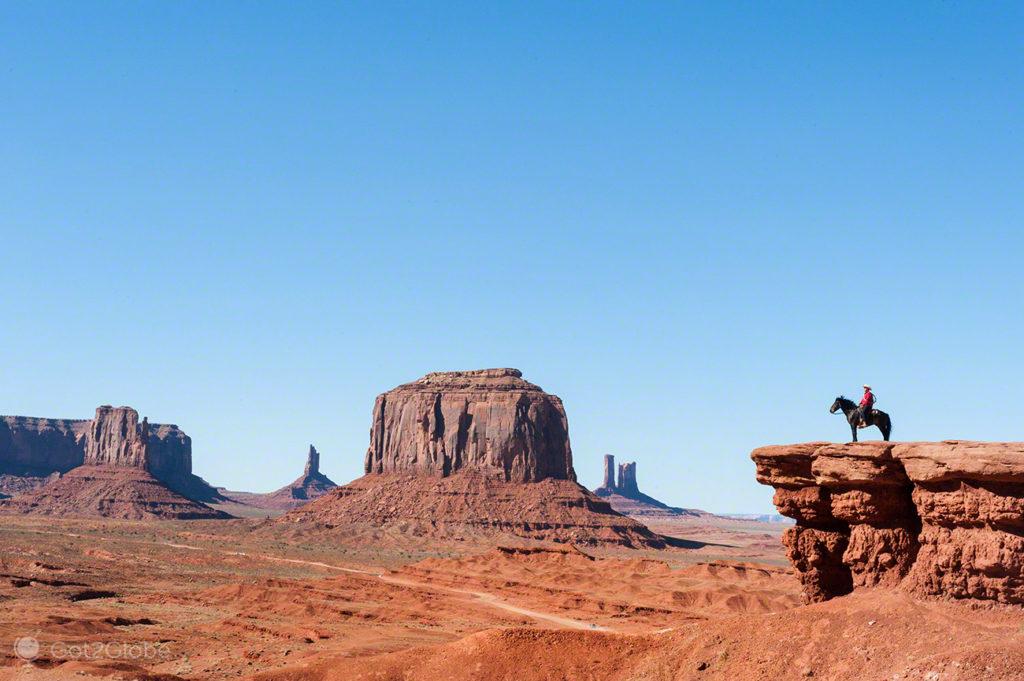
One of the most iconic views – and explored by John Ford – of Monument Valley.
We then came across John Ford Point, one of the favorite points of view of the director who filmed “Horse Ride” and six others of his Western classics in Monument Valley.
Next door, young Navajo ethnic guides take care of a stable and the horses they use in the mounts they organize.
Navajo Indians Make a Living as Cowboys
Kenan Chico approaches us. He wears a plaid shirt, neckerchief, black-brimmed hat, and maintains a firm posture that matches Duke's.
We gained the courage to ask him the right question and the answer, slow and thoughtful, justifies the Indian's cowboy look: “those times are long gone and cultures mixed.
A good part of the Navajo wear cowboy clothes: jeans and riding boots, and so on. etc.
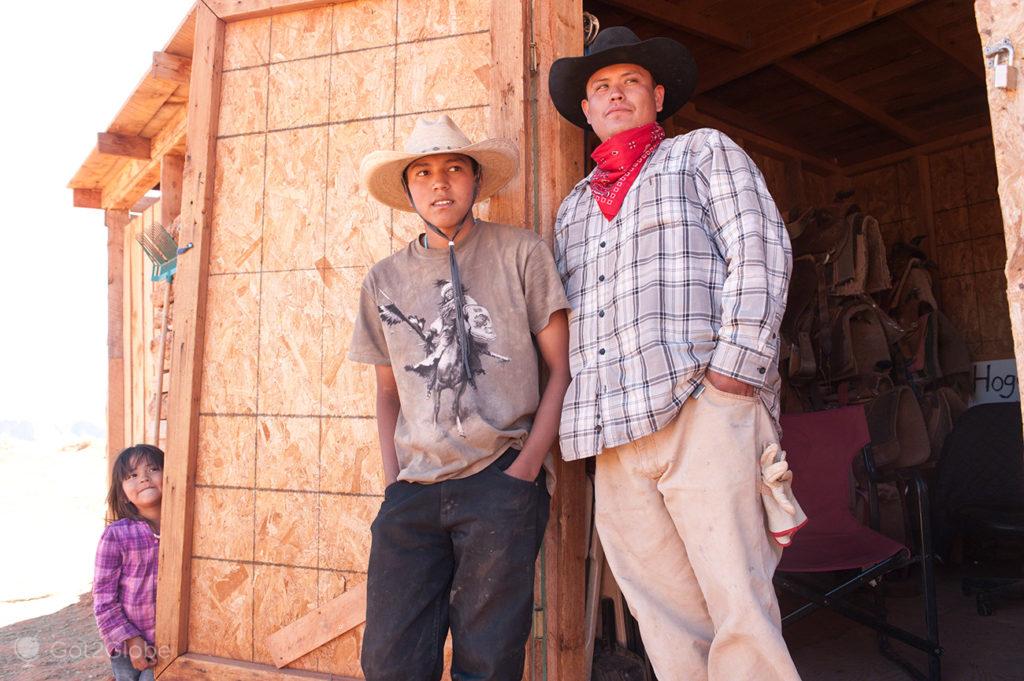
Kenan Chico and two younger Navajos by the John Ford Point stable.
It doesn't mean that we don't preserve our identity. Besides, we don't have another chance here. Whoever arrives at John Ford Point wants to see cowboys and it fell to us to play the part. The biggest one is still there Adrian. If he had lived at the right time, John Ford would have filmed him, it was him.” ends with a shy mood.
The John Ford Point Monumental Framework
A group of Korean tourists arrives at the headland. Adrian starts the new take. He advances to the edge of the plateau and makes Pistol, his black horse, rear up again. The acrobatics leaves visitors to sigh for grand Westerns.
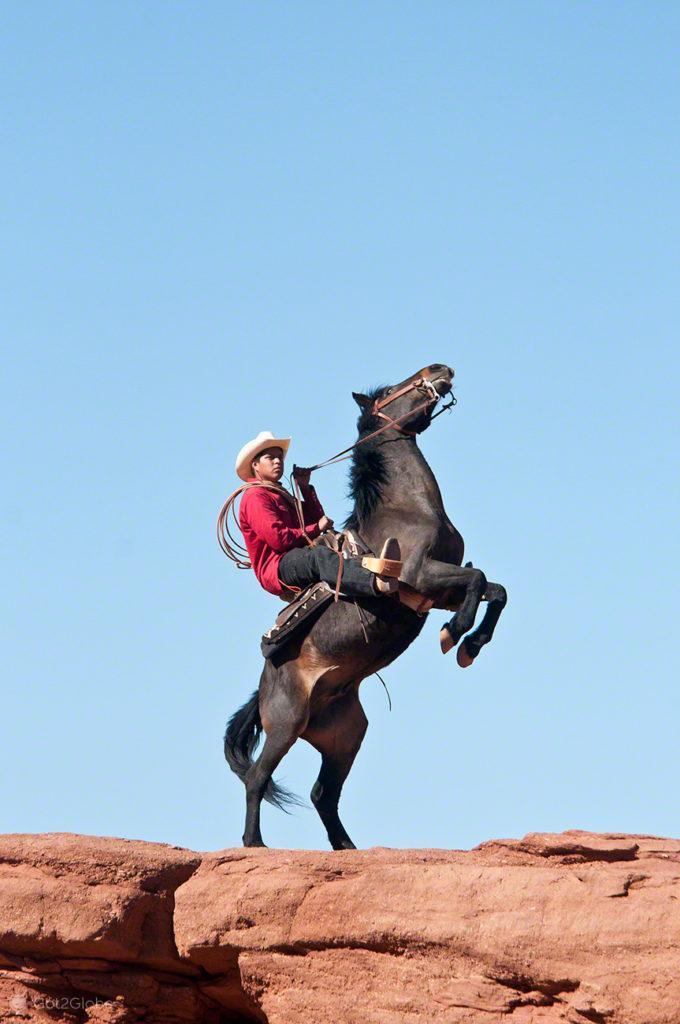
Adrian makes Pistol, his black horse, rear.
Once the scene is over, the young Navajo returns to socializing with his friends and exclaims: “These are the ones that vibrate the most. These and the Japanese really go into ecstasy!”.
We were still halfway through the 27 km itinerary and the afternoon was drawing to a close. Thus, we return to the circuit and identification of the remaining formations.
We find the Three Sisters, Camel Butte, and the exuberant Totem in their almost religious balance.
We look for viper tracks in the waves of Sand Springs and examine Artists' Point, where a creative new composition of small plateaus and spiers can be seen.
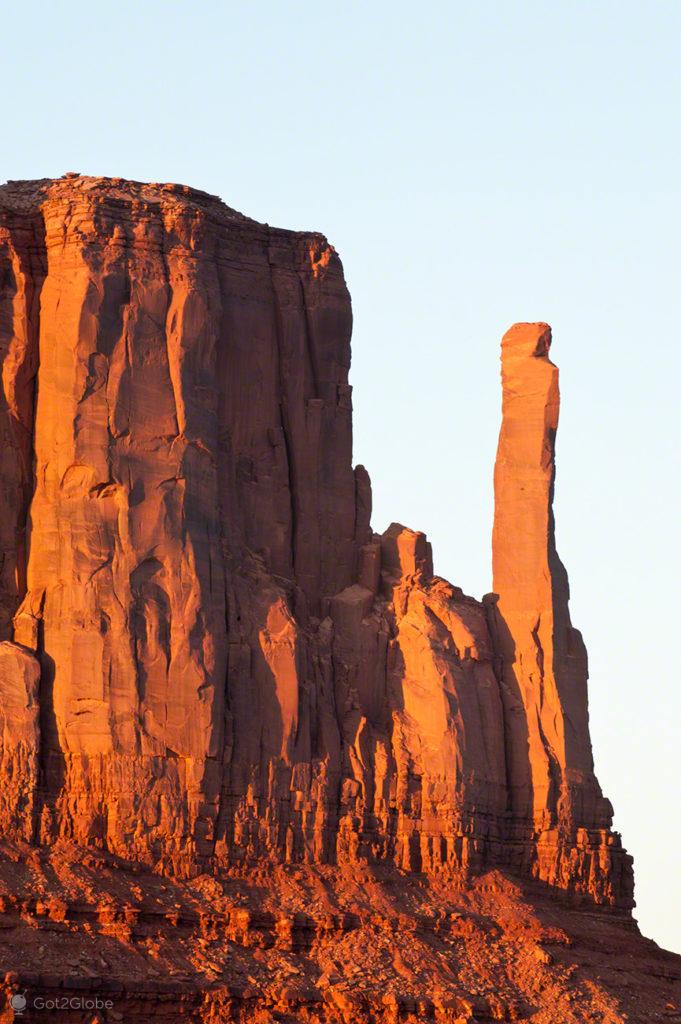
The detached needle of the Merrick Butte, one of Monument Valley's whimsical formations.
North Window suggests a similar but more restrained framing and, as the name implies, The Thumb, a thumb that points to the darkened firmament in which the first stars appear.
We settled in front of the Mittens and admired the different shades with which the twilight colored that Navajo, cowboy and monumental Arizona.
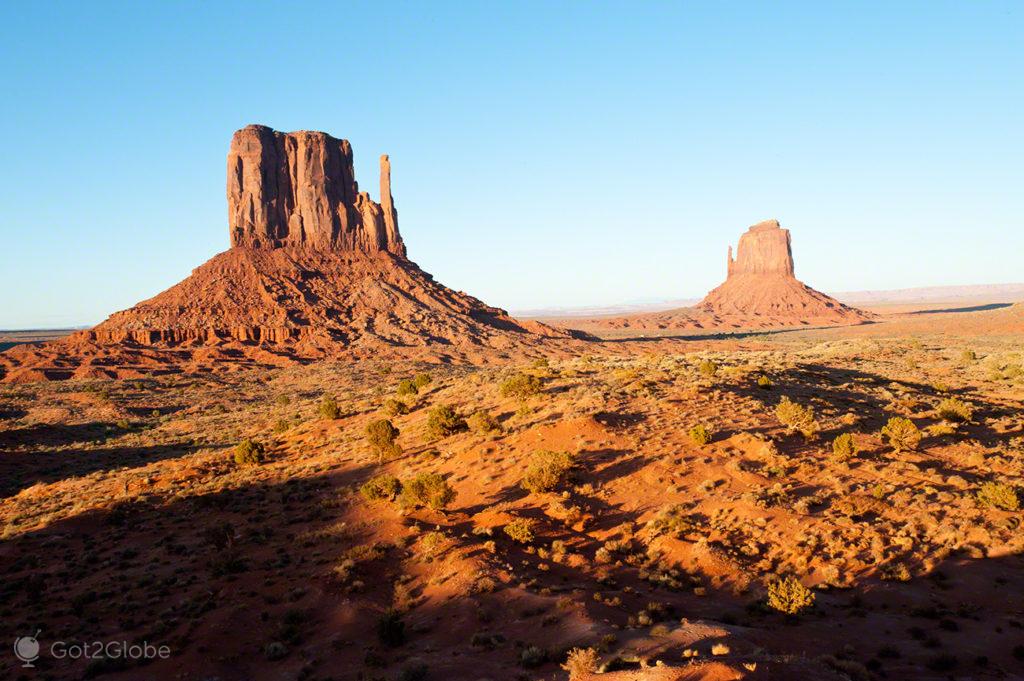
One of Monument Valley's most iconic formations.
The Navajo Nation Lands
The next day, we spent some time in Kayenta, the strange gateway to Monument Valley.
According to the Diné dialect (the Navajo call themselves Diné, or Diné people), Kayenta means marshy hole.
Even though the place is, today, mostly dry, it remains isolated at the entrance to one of the noble geological, ethnic and movie-phile areas of the United States and retains visitors as if it were a swamp.
With 5300 inhabitants, Kayenta does not form a city, not even the equivalent of what we might consider a village. It consists of a cluster of typically American businesses - including the most popular - installed between one or another hotel, service stations, and trailers distributed along the junction of the highways 160 and 163.
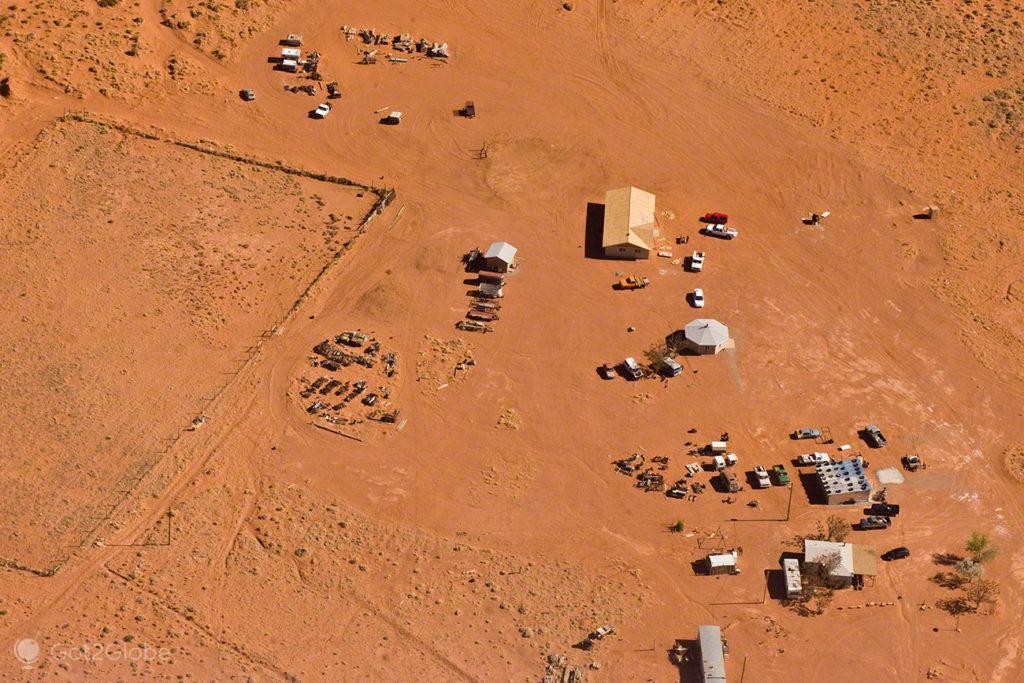
Trailer camp and the like over the reddish expanse of Monument Valley.
Despite this strange profile, and the McDonalds logo prominently high above, Kayenta is the only municipally governed settlement in the Navajo Nation, the largest semi-autonomous Indian Territory in the US (71.000 km² of Arizona, Utah and New Mexico) that is home to more of 300.000 inhabitants.
The Navajo Nation: A Bipolar Survival
Both Kayenta and the Navajo Nation generally elicit mixed feelings.
The towering figure of John Wayne riding a lush canyon at sunset and the Marlboro Man overlooking a skyline of towering cliffs are on-the-spot images that have filled many millions of screens and enriched the cowboy imagery shared by the world.
But the Navajo Nation also preserves the condemnation of a people who were defeated by white settlers and saw their civilization give way without appeal.
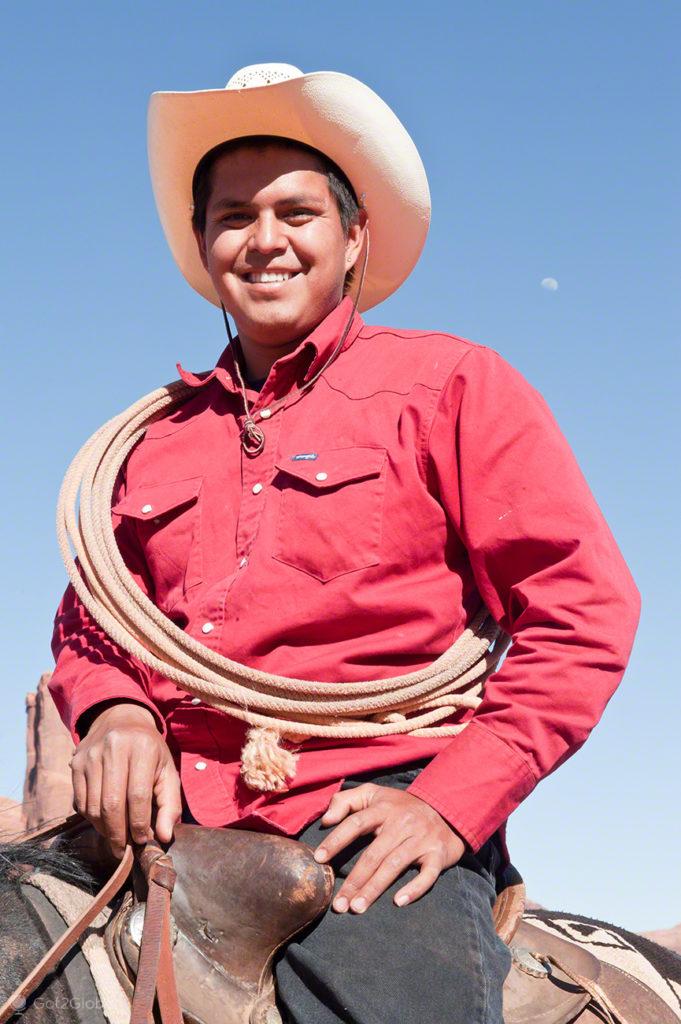
Adrian, one of the Navajo Indians who plays cowboys at John Ford Point, to the delight of Westerns admirers.
Alongside the iconic meaning and historical value of the scenarios, we detect evidence of poverty, depression, poor nutrition in Kayenta (guilt of the fast food that has come so far) and the alcoholism that now plagues all native communities in the United States.
In the time we spent there, the search for a less harmful diet ended up providing us with curious experiences. As we sought to escape the siege of the worst franchised restaurants, we found ourselves in the earth's hidden and poorly stocked supermarket, the only outsiders to shop among the throngs of Navajo who stocked their homes.
Later, we had lunch at a small Chinese restaurant and devoured chop sueys among obese Indians with proud cowboy looks.
Margaret B. – A Charismatic Navajo Elder
Still near Monument Valley Park, we stopped at a roadside shop to appreciate Navajo art and ended up trying to converse with Margaret B.Gray, an Indian matriarch of haughty bearing who, despite her name, only articulates a few English words.
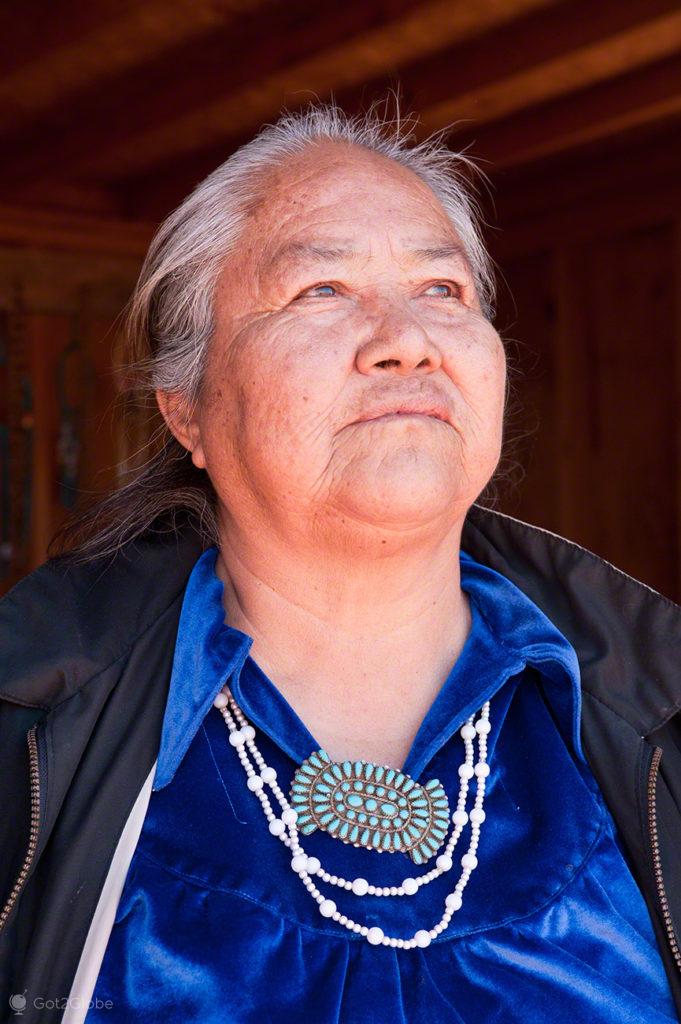
Margaret B. Gray, an indigenous Navajo craft seller
With the gradual increase in visitors, the sale of native handicrafts has proven to be an attractive business and more than 60% of the nation's families have at least one element that produces them. Some manage to sell their goods in privileged stores such as the Visitors Center.
Others, in tents set up next to the main geological formations in the park.
Others still bet on different deals. They have ignored their former enmity with the usurpers of indigenous lands and, like Kenan Chicko and Adrian, make a living in their skins.
From Alaskan Tundra to Navajo Nation Integration in the USA
The Athabaskan tribes that gave rise to the Navajo are believed to have migrated to the southwestern US in 1400 CE from eastern Alaska and northwestern Canada. Upon coming into contact with the Puebla civilization, they adopted its cultivation techniques and agricultural productions.
From the Spanish colonizers – who first called them Navajos – they assimilated the habit of raising animals in herds and herds for food and to exchange for other foodstuffs. There followed the learning of weaving and the production of clothes and blankets.
Around 1860, the Spaniards realized that the Navajo had thousands of head of cattle, vast cultivated areas and a past of territorial expansion, redefining their identity and connection with the neighbors Pueblos, Apaches, Utes and Comanches which oscillated between military incursions and commerce.
But the Apaches were also in the path of the conquerors. Fulfilling tradition, these inaugurated a long period of attacks and pillages on the Indians.
A few years later, the United States expelled the Spaniards and Mexicans from the area.
They assumed the annexation of Navajo territory using a strategic network of forts. Angry about the construction of railroads, mining, and invasion in general, the Navajo retaliated like never before.
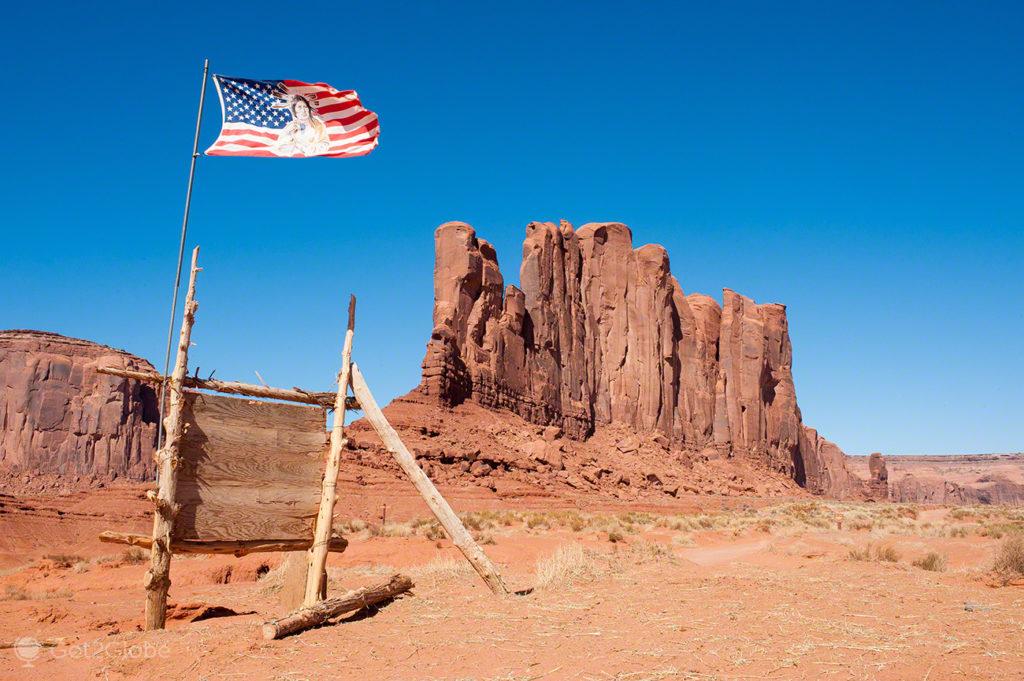
Navajo Nation flag flies above one of the Mittens
Simultaneously with the carnage of the American Civil War, the years 1860-61 proved to be so punishing for the colonists and military that they became known as “The Fearing Time".
The Infamous Torture of the Long Walk
The reaction did not wait. Based in New Mexico, Union forces commanded by Kit Carson systematically burned the Navajo's crops and led them first to surrender and then to the condemnation of the Long Walk.
The Long Walk resulted in an infamous deportation in which some 9.000 men, women and children had to walk in the desert for nearly 500 km to Fort Summer, where the US government had installed Bosque Redondo, the first major Indian reservation. After 18 days of marching, there were more than 200 dead.
Thereafter, the military authorities were able to maintain and control the Navajo on this and other reservations that grew in size to their original territory.
Many natives were integrated into the army as scouts, but the permanent aggressions of the civilian settlers and prejudice prevented a better relationship between the two peoples.
These days, this ethnic and cultural divide remains unresolved.
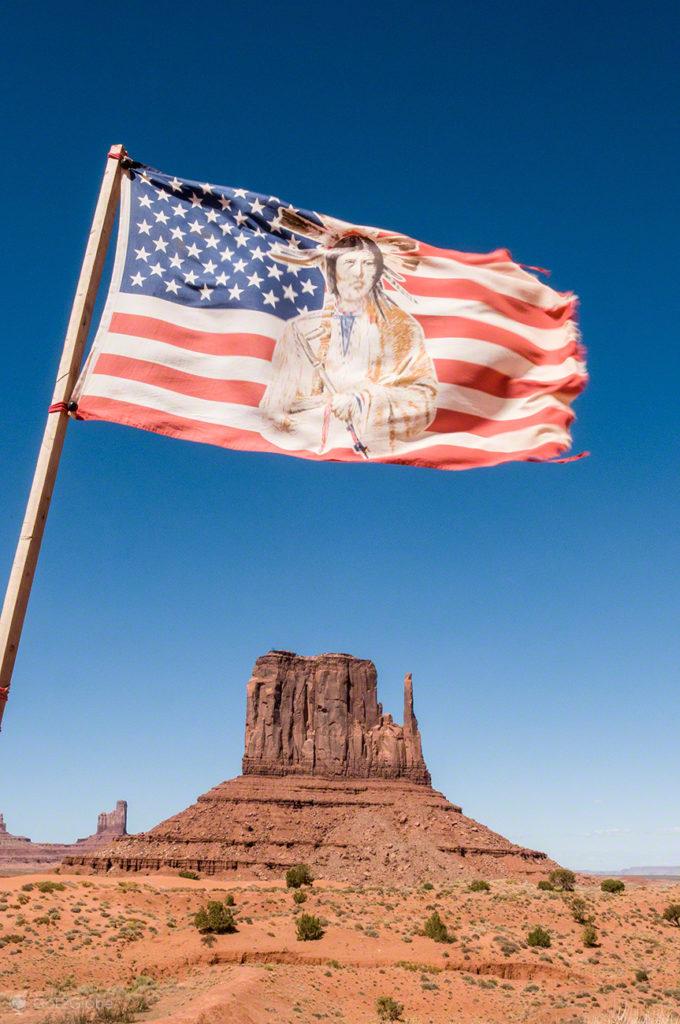
Navajo Nation flag flies above one of the Mittens.
The Navajo's Complex Relationship with the United States of America Sovereigns
As part of the Navajo Nation, Monument Valley Navajo Tribal Park was never integrated into the North American network of National Parks.
Accordingly, all ten dollars paid by visitors go towards supporting the Navajo people which, after a long dispute with the federal governments, also won legislation (based on the tribal code), its own Council and Supreme Court – installed in the capital Window Rock – as well as the right to dispose of autonomous forces of authority.
Despite the bipolar relationship that Native Americans have always maintained with Washington, the Navajo have, in fact, gained a curious military reputation.
are yours famous code talkers recruited by Marines during World War II for the Pacific theater to transmit secret tactical messages via telephone or radio, based on indigenous dialects.
For many natives, this and other collaborations never paid off. A few years earlier, the United States had denied the Navajo social assistance because the Indians lived in a communal society.
More recently, federal funding for the indigenous sub-nation has proven insufficient to supply the interiority and the gaps that victimize it.
During the second half of the XNUMXth century, uranium and coal mining represented a significant source of income.
The demand for uranium has decreased and, worse than that, the population navajo uninformed about the harmful effects of radioactivity, suffered serious ecological and biological damage which, in 2005, led to the cancellation of the extraction.
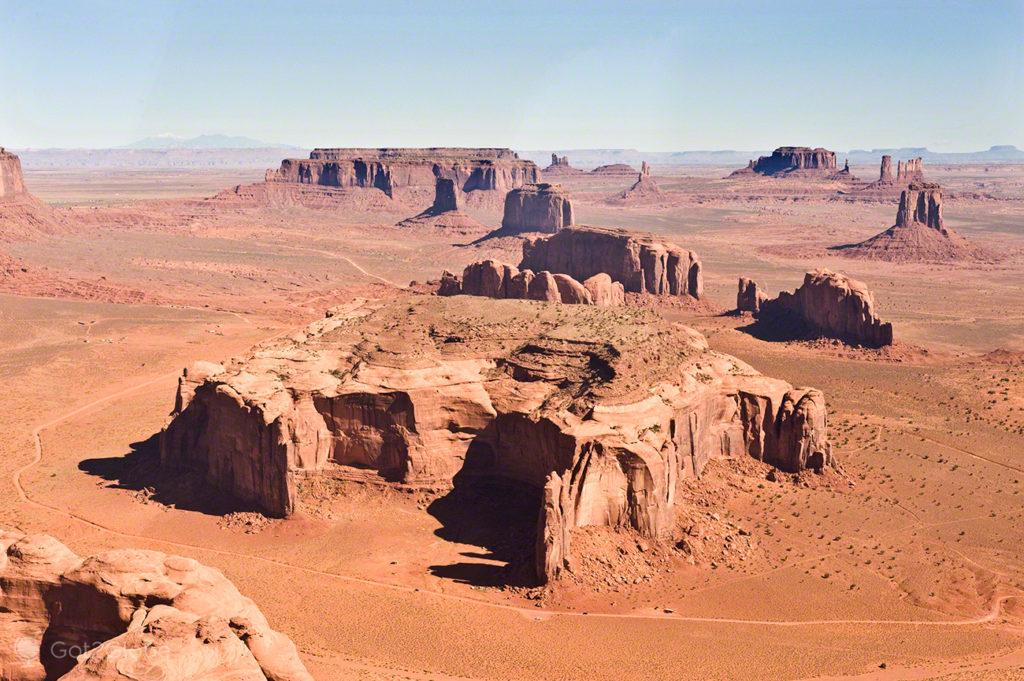
Monument Valley geological formations, seen from the air.
It is now known that the ocher lands of the Navajo Nation are home to the most important mineral resources of all native US domains but the Navajos continue to depend on other activities.
Crafts and tourism complemented each other and while many families have artisans, some of their elements also dress up as cowboys to represent the missing protagonists.
















